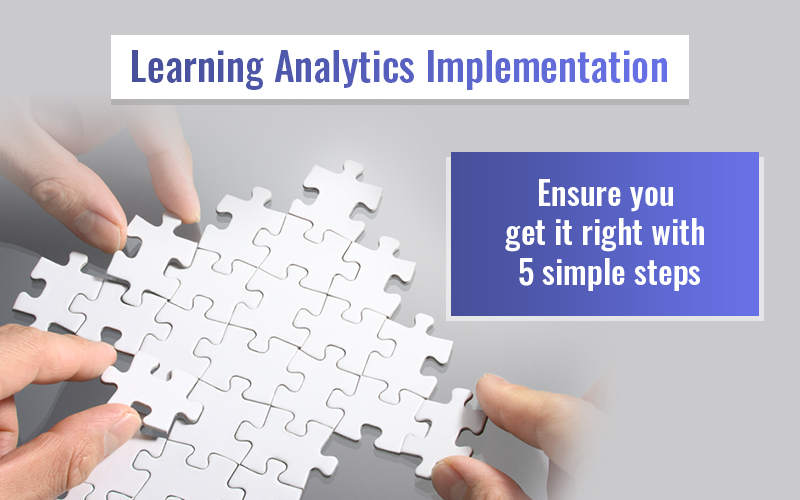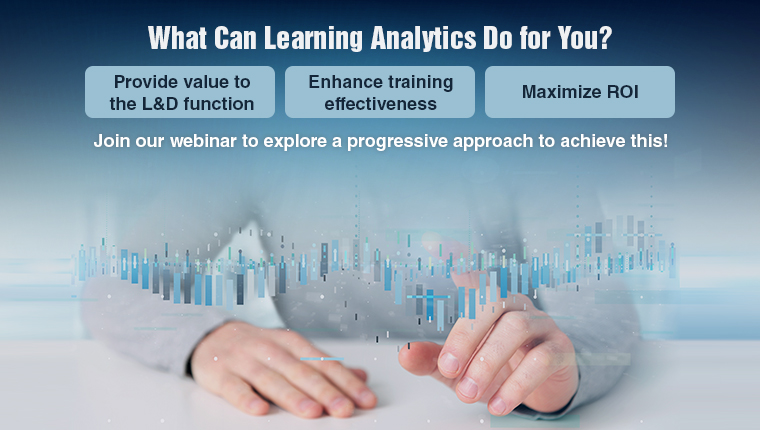4 Types of Learning Analytics and their Benefits in L&D [Infographic]
![4 Types of Learning Analytics and their Benefits in L&D [Infographic] 4 Types of Learning Analytics and their Benefits in L&D [Infographic]](https://blog.commlabindia.com/hubfs/Imported_Blog_Media/learning-analytics-types-infographic-main.jpg)
All across the world, corporate organizations shell out millions of dollars in an attempt to improve their employee performance and make them proficient at their jobs. All said and done, what truly matters at the end of the day is if the training has brought about the impact organizations were aiming for to begin with. In other words, was the training worth the effort, time, and investment? To evaluate training and its effectiveness in your organization, learning analytics play a major role.
Learning analytics and training evaluation are two sides of the same coin in a way, as both serve the purpose of improving the efficiency and value of training. And, therefore, if organizations do not make much use of learning analytics, the training evaluation isn’t going to be much effective.
Access this handy guide on learning analytics.
Another reason to use learning analytics for evaluating your training is the ubiquity of big data and the role learning data (i.e., learning analytics) plays in pushing businesses forward in the twenty-first century. Learning analytics enable organizations to make well-informed decisions regarding their training and take a clear, hard look at their investments. In the absence of data-driven decisions, however, a company in today’s cut-throat environment is likely to be left behind their competition.
Here’s an infographic that comprehensively describes the four different types of learning analytics, what their role is in the larger scheme of things, and how they can be beneficial for L&D professionals to make good, data-driven decisions about their training efforts.



![4 Types of Learning Analytics and their Benefits in L&D [Infographic] 4 Types of Learning Analytics and their Benefits in L&D [Infographic]](https://blog.commlabindia.com/hs-fs/hubfs/Imported_Blog_Media/learning-analytics-types-infographic.jpg?width=900&height=1880&name=learning-analytics-types-infographic.jpg)

![Unlock Learning Analytics Challenges that Hinder Training Evaluation [Infographic]](https://blog.commlabindia.com/hubfs/Imported_Blog_Media/learning-analytics-challenges-solutions-training-evaluation.png)

